JOHN H. WHITE: WHAT IS PHOTOJOURNALISM?
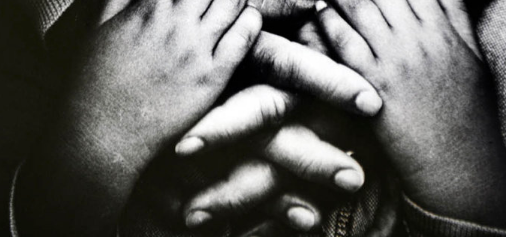
I believe photojournalism is a form of communication that requires highly engaged interactions toward a subject or event in which still imagery is used as a primary storytelling mechanism to impact an observer instantaneously. Photojournalism distinguishes itself from other forms of media because it does not solely rely on written or spoken forms of reporting to successfully make an immediate emotional connection to an audience. Where other forms of media have the luxury of thoroughly detailing the specifics of an event through words and moving images, photojournalism focuses on a single moment in time that can garner the ability to become a representation an event, movement, or period in history.
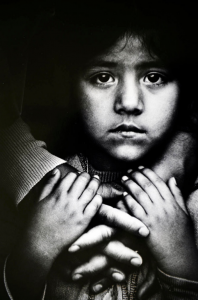
When I think of photojournalism I think about images that capture the essence of a lifestyle, a period in time, or a moment that expresses an obscurity as it relates to the norms of an observer’s everyday life. These are images that may encompass the height of a dramatic climax or the aftermath of an event to illustrate a story as a whole. These images bridge the connection we feel as outsiders to events that have occurred elsewhere in the world and introduce them to our consciousness. They represent the essence of truth and reinforce to an observer that what is shown is reality and cannot be unseen. The images transcend written and spoken word in a way that establishes a more accurate and rapid form of communication.
A photojournalist whose works I admire is a man by the name of John H. White. White was a prominent newspaper photographer for the Chicago Sun-Times, whose work earned him a Pulitzer Prize for his achievements over a wide range of subjects in 1982. During his career, White was asked to photograph prominent figures including Nelson Mandela, Mother Teresa and Pope John Paul II. White has earned over 300 national and local awards including three national headliner awards in 1975, 1990, and 1998, the Joseph Sprague Memorial Award in 1989, and was the first photographer to be inducted into the Chicago Journalism Hall of Fame in 1993.
Most photographers, like White, will get paid per assignment and can range anywhere from $60-$100 for a cliental—mostly publications such as newspapers or magazines—asking the photographer to shoot a specific assignment. A recent Glassdoor.com article illustrates the average national annual salary for a news photographer was roughly $30,500.00 in 2016. Some photographers, like White, may gain cash awards for prizes they may earn for professional excellence and even explore pursuing a degree in photographic education at colleges and universities to gain experience teaching in order to shift between their professional needs.
A few organizations that represent photojournalists include the National Press Photographers Association based in North Carolina, American Society of Media Photographers, the American Association of Museums, the National Press Photographers Association, as well as the International Freelance Photographers Association to name a few. Joining an association, such as the ones mentioned above, can prove to be a beneficial networking device that encourages the push for more photographic education, stay oriented with changes in technology, gain honors and recognitions, as well as to share expertise with other professionals at local and national levels. Fees vary and could be anywhere from $60 to $300 a year for a membership to such a society.
According a current video blog series on YouTube known as the Art of Photography, agencies usually represent various photographers and will work directly with a cliental to help negotiate jobs that are suited to the needs of the client and the skills of the photographer. They can prove to be valuable to young and new photographers who do not understand how to negotiate billing. These organizations also can be beneficial to photographer-entrepreneurs who are interested in starting their own businesses. Though some agencies do take a pay cut for jobs they help get you, most professionals choose to view it as an investment than a loss
As a profession, I believe photojournalism began in the mid nineteenth century around the time of the American Civil War. At this moment in history photography was emerging and photographers were joining soldiers on the battlefields in an attempt to document the events taking place. These images found their way to various news hubs scattered across America and were being shared with a massive audience. For the first time, the public was seeing the devastation of war as it was portrayed in the images—they no longer relied on vague illustrations or lengthy descriptions. The war images changed the way Americans felt about violent conflict and even helped fuel the urgency by the public to end the war.
Though starting in the mid 1800’s, photojournalism would experience a “Golden Age” during the Great Depression Era that would bring photography and photographers into the limelight of mainstream news. During this period significant photojournalists such as Gordon Parks, Dorthea Lang, and Walker Evans emerged with images that made powerful statements about the harsh conditions of American life. All three worked for the Farm Security Administration, and eventually found work photographing for prominent magazines such as Life and Time. This ‘golden age’ is believed to have faded with the ceased publication of Life Magazine in the 1970’s.
Today photojournalism survives as a necessary visual communication tool reporters use to tell stories affecting our daily lives. Modern photojournalism is flourishing a world that is experience a digital revolution. Today, the Internet and social media sites like Twitter and Snapchat dominate news coverage. The use of mobile phones, tablets, laptops, and the Internet have rapidly increased the way media has translated to massive audiences. In today’s society an image can go viral in a matter of hours and can reach millions or people. Though the world is full of people with cameras, the need for photographers is high to tell stories and communicate their truths.
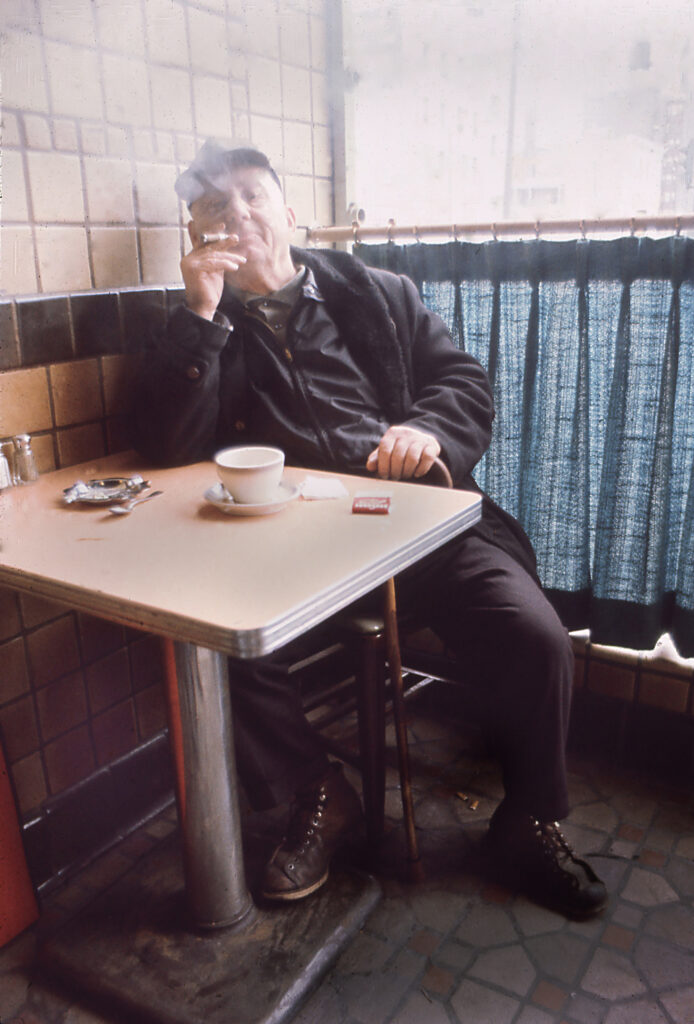

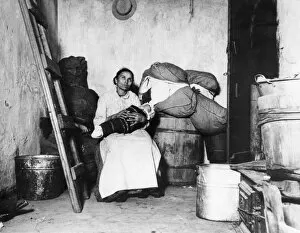
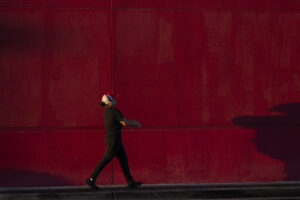
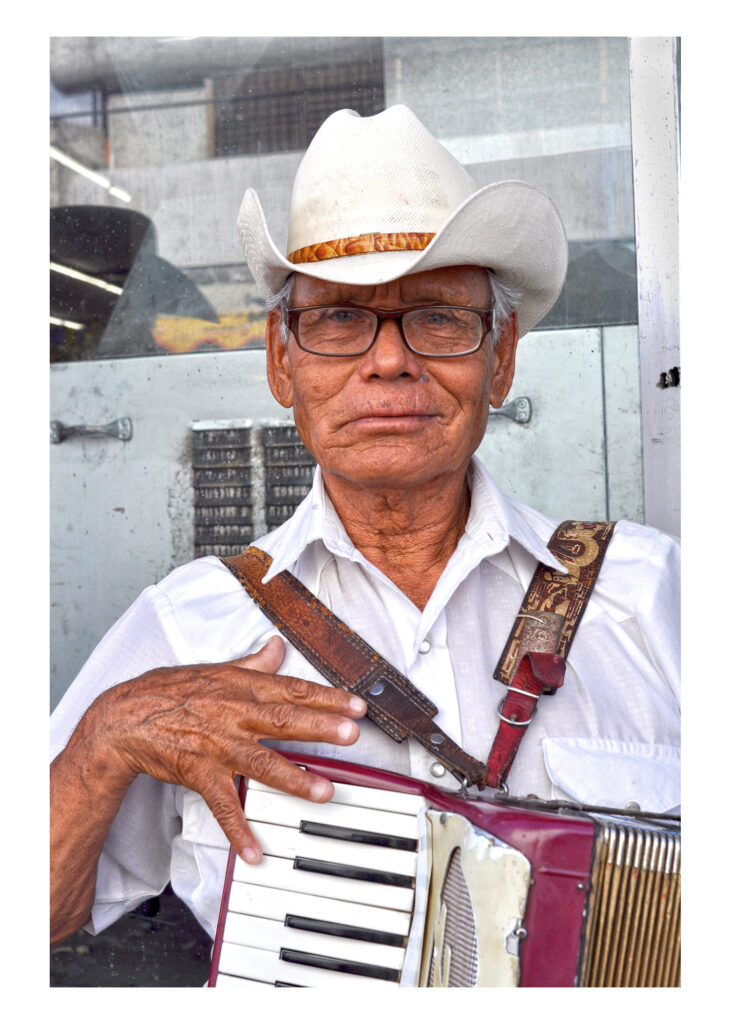


Nice paper. John White is a great choice. Who is a photojournalist that is known for his/her work in northern NM? Hmmmmm?
Suggestion: don’t start a paper with, “I believe…”
It undermines the authority of your research.
Thanks! Hmm, northern New Mexican photojournalist? Honestly, I tried looking one up but I came across some projects that fit more in the realm of documentary photography than journalistic. Kevin Bubriski visited northern New Mexico and photographed it during the 80’s, he actually just came out with a book on the project that I really want to buy. Believe it or not, he actually photographed my mom and my grandfather- their photographs are in the book “Look Through My Eyes; Nuevo Mexicanos por Vida”, some of the images were even featured in the NYTimes, see link. (http://www.nytimes.com/slideshow/2016/04/13/blogs/a-loving-look-at-hispanic-new-mexican-life/s/13-lens-bubriski-slide-RCJU.html?_r=0)
…but again he’s a documentary photographer.
I know there are photojournalists in the area, but not any (that I know of, at least) that are pretty well known for their work. I’ll keep digging.